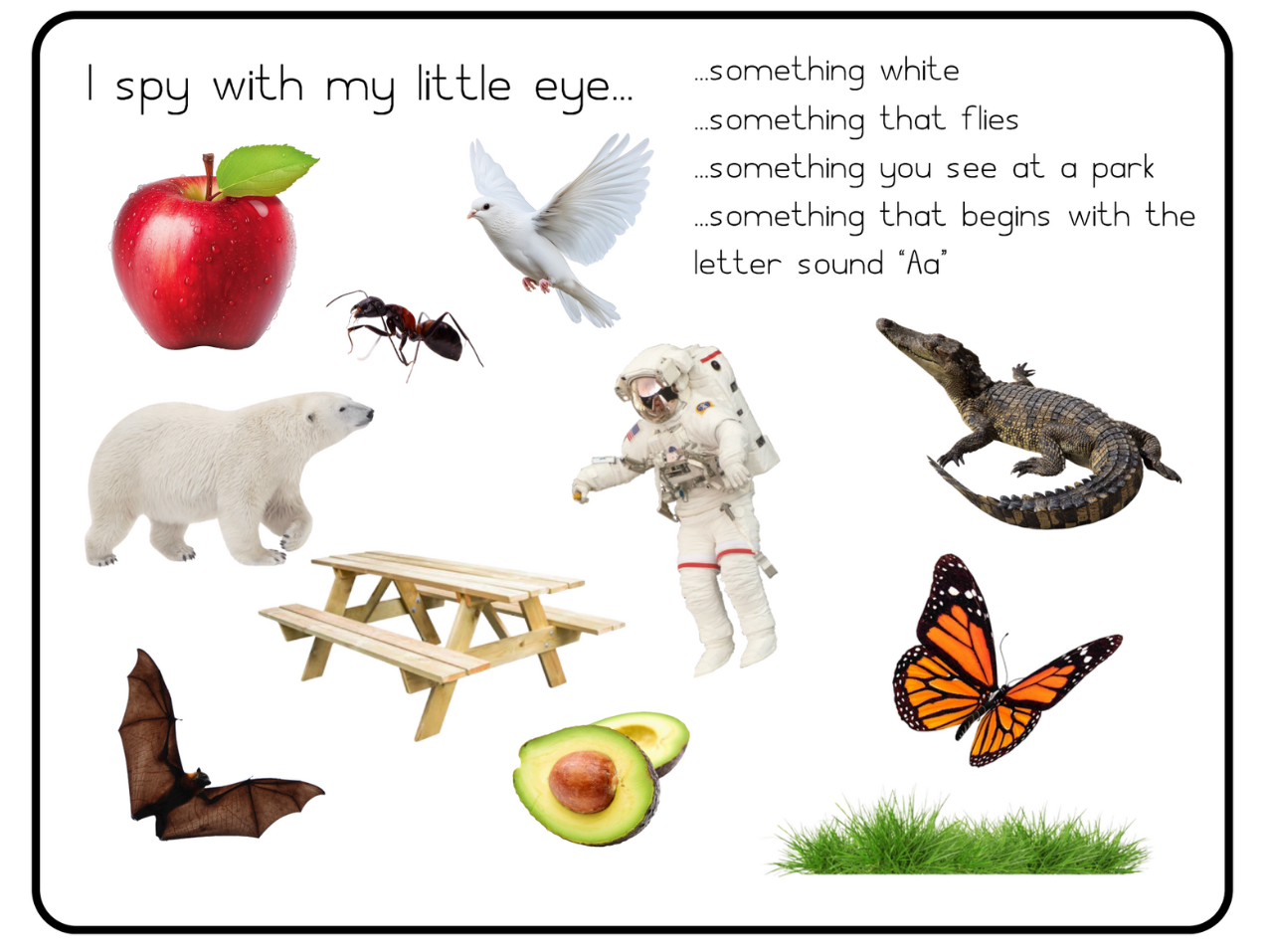Menu
-
-
Shop Holiday Items
-
Shop Gifts By Age
- Gifts For a 0-6 Month Old
- Gifts For A 6-12 Month Old
- Gifts For A One Year Old
- Gifts For A Two Year Old
- Gifts For A Three Year Old
- Gifts For A Four Year Old
- Gifts For A Five Year Old
- Gifts For A Six Year Old
- Gifts For A Seven Year Old
- Gifts For An Eight Year Old
- Gifts For A Nine Year Old
- Gifts For A Ten Year Old
-
Shop Gifts By Budget
- New Arrivals
-
Toys
- Large Active Toys
- Animal Toys
- Arts & Crafts
- Award-Winning Toys
- Bath Toys
- Birthday Wishlists
- Building Toys
- Cars, Trains, & Trucks
- Games
- Instruments
- Loose Parts Play
- Loot Bag Toys
- Made in Canada
- Outdoor Toys
- Pretend Play
- Puzzles
- Sensory And Fidget Toys
- Sensory Bin Tools & Fillers
- STEM Toys & Activities
- Toronto-Themed Gifts
- Travel Toys
- Wooden Toys
- Waiting Room Toys & Furniture
-
Montessori Materials
- Montessori At-Home Program
-
Montessori Furniture
-
Bundles & Sales
-
Books
-
Shop By Age
-
Shop By Brand
- Brands A-F
- Brands G-L
-
Brands M-R
- MagicPlaybook
- Magna Tiles
- Make Believe Ideas
- Makedo
- Manhattan Toys
- Math for Love
- Milaniwood
- MindWare
- Mojo Toys
- Moluk
- Moulin Roty
- Native Northwest
- nic
- Nienhuis
- Ooly
- Opinel
- Ostheimer
- Papoose
- Peaceable Kingdom
- Plan Toys
- Plus-Plus
- Preschool Collection Watches and Timers
- Ravensburger Puzzles
- Real Life Pages
- Brands S-Z
-
- 866-901-4696
- Gift Registry
- Login


Why We Actually Need Our Children to say "NO"...
4 min read
Last night's bedtime routine felt like climbing Mount Everest.
Can you take your clothes off and get in the bath? NO
Can you come brush your teeth? NO
Can you pick your books? NO
There wasn't anything my two year old was agreeable to.
Even the parts of bedtime that he normally enjoys were met with resistance, likely because he was still unwinding from a fun and busy weekend.
So what can you do in these situations?
Realistically... not a lot. The 'no' phase is a normal and valuable part of toddler development.
Why We Actually Need Our Children to say "NO"...
Around 18-24 months, children begin to develop a deep desire for independence. This is when you'll start hearing 'NO!' a lot more.
Some parents are even alarmed at how different their children seem, compared to the sweet and agreeable infant they had.
Finding their voice and expressing their preferences is also a part of learning how to set healthy boundaries and developing autonomy over their bodies (i.e. they decide what happens to their own bodies).
The Montessori Approach to "NO"
This can be as simple as "Okay, thanks for telling me that you don’t want to do that. You don’t have to."
In situations where they can’t say no, like holding your hand while crossing the street, "I hear you. You don’t want to hold my hand but my job is to keep you safe and you have to hold my hand right now. You can walk on your own once we get to the other side."
Along with validation, there are three other strategies to engage their co-operation:
1. Question Your 'No'.
Young children are simply looking for some amount of independence and autonomy.
So if there's a situation with little or no consequence to saying 'yes' or giving them that control, it's important to do so.
It tells them "my voice matters".
It also tells them that your limits are reasonable and well thought out. You consider their needs and wants and you don't just say no for fun.
This becomes even more important as children get older.
2. Avoid YES or NO Questions.
For example, when it's time to go outside and the child doesn’t want to put their shoes on, an experienced teacher wouldn't ask, "Do you want to put your shoes on?"
Instead they would say something like "Do you want to put your shoes on by yourself or do you want me to help you?"
Offer options where either of the choices produces the desired outcome.
This gives your child a sense of autonomy, while you are still able to engage co-operation.
3. Make Transitions Easier.
This is because transitions are difficult for small children. They don't understand the 'big picture' - the reasons why a transition is necessary at that moment.
Children don't appreciate that you need to leave the park at 4pm, in order to have dinner ready at 5:30pm, and begin the bedtime routine before they become overtired.
They're simply enjoying what they're doing and don't want to stop.
Creating a consistent routine throughout the day and around transitions is helpful so they know exactly what to expect.
For example, you could always set the same audible alarm, for a specific amount of time, when it's time to leave the park.
Visual timers also work well. Hearing '5 more minutes' is meaningless to children that don't yet understand time, but seeing the colour disappear on a visual timer, like this one, is easier for them to understand.
You can also make transitions fun:
- Turn it into a game, "Let’s see how fast we can clean up these toys!"
- Sing songs during transitions
- Let them know when they’ll be able to go back to what they’re doing - "After lunch you can play with your toys again."
In the classroom, if a child really doesn’t want to stop whatever they're doing, teachers will put their work in a special place so they can see that it's there waiting for them.
At home you could invite your child to bring their toy/activity to the table or put it somewhere nearby so they can keep an eye on it.
Standing With You in Solidarity :)
Like many of the hard parts of parenting, this is normal and there's nothing to fix.
Just know that we're all going through it and this too shall pass.
Join Our Montessori Community
Sign up to get weekly activities, free printables, Montessori parenting guidance, and so much more.
Plus, get $10 off your first order of $100+.
Like this article? Get new articles, weekly activities, free printables, Montessori parenting guidance, and so much more.
One mom recently shared:
"Your newsletter is always SO great. It is one of the few I open and read weekly. You provide so much value. Thank you!"


